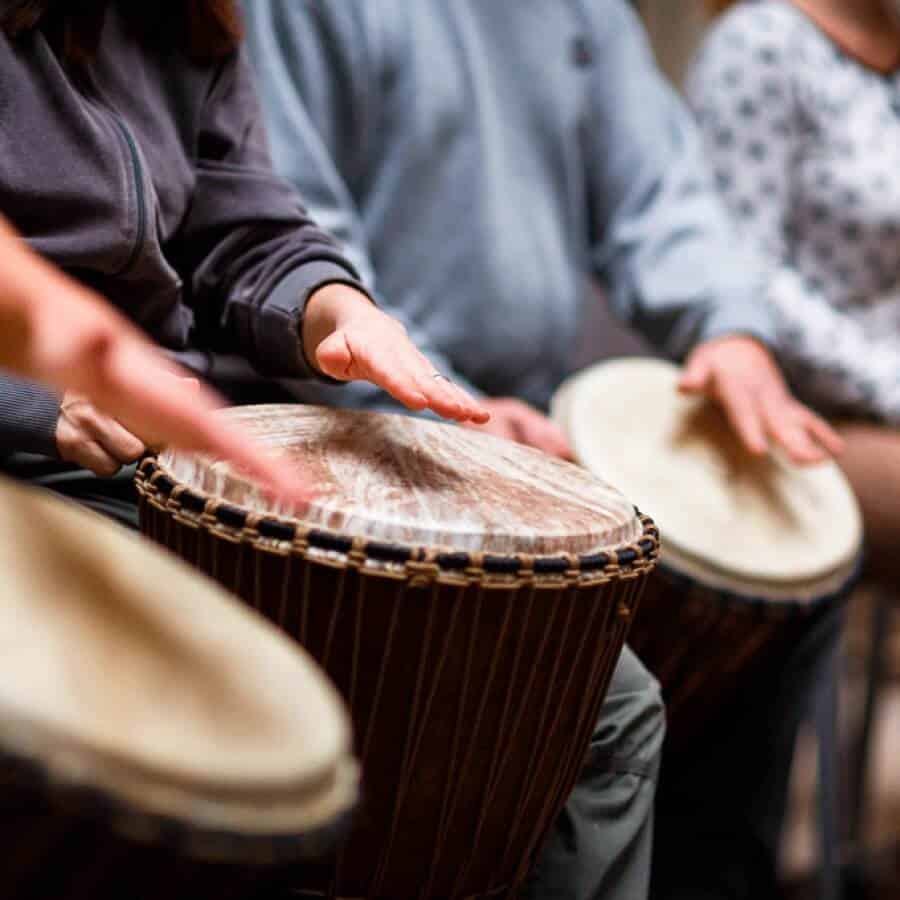The advanced state of the pharmaceutical industry has led to the fact that we can find drugs on the market today that can eliminate most disorders. Precisely because we are accustomed to eliminating all our discomforts by swallowing tablets, in recent years the number of drug addicts has grown enormously. In order to prevent this scenario, alternative methods of treatment are increasingly popular, of which music therapy is particularly important.
What Is Music Therapy?
It is a set of techniques and methods that produce pleasant sounds at the level of conscious brain frequencies. Sound production can be active (the therapist uses a voice or instrument) or receptive (the patient listens to selected music output which helps him to achieve the desired therapeutic effect). Bearing in mind that this is a therapy that has no recorded negative side effects, it can be applied at all ages from conception to advanced age, thanks to the fact that sound, whether it is a product of voice, body, and instruments, or even electronic and computer technology, can vary in strength, and its frequencies are also different. Thus, this kind of therapy can be used in diagnostics, prevention, palliative care, special education, and rehabilitation, and also in healthy persons, children, and adults, in order to promote physical health, and mental and spiritual development. In this regard, there is behavioral musical therapy, psycho-therapeutic music therapy, and educational musical therapy.
What Can Music Therapy Actually Do?
Broadly focused research has been carried out in the past several years, and the positive influence of this type of therapy on various psychiatric disorders and diseases and defects has been determined, and in the treatment of disorders in neurology, gynecology and obstetrics, oncology, pediatrics, cardiology, endocrinology, pulmonology, physical medicine and rehabilitation, anesthesiology, stomatology, even dermatology. For this reason, the medical tendency is to introduce music therapy in everyday practice globally and to establish specialized departments, hospitals, and institutes with this type of treatment. In “The Handbook of Music Therapy” it is specifically indicated that Mary Priestly’s analytical music therapy, Clifford Madsen’s behavioral music therapy, Roland Benenson’s – Benenson musical therapy, creative music therapy by Paula Nordoff and Clive Robbins, as well as Helen Bonny’s music have delivered phenomenal results in the treatment, elimination, and prevention of disease in children and adults. In addition to the above, it is still believed that the Beethoven Symphony No. 7 (second movement) is the strongest influence on self-healing of the organism. Try to start the day and end with this music and see if you get results.
Photo: Shutterstock
Support us!
All your donations will be used to pay the magazine’s journalists and to support the ongoing costs of maintaining the site.
Share this post
Interested in co-operating with us?
We are open to co-operation from writers and businesses alike. You can reach us on our email at [email protected]/[email protected] and we will get back to you as quick as we can.









